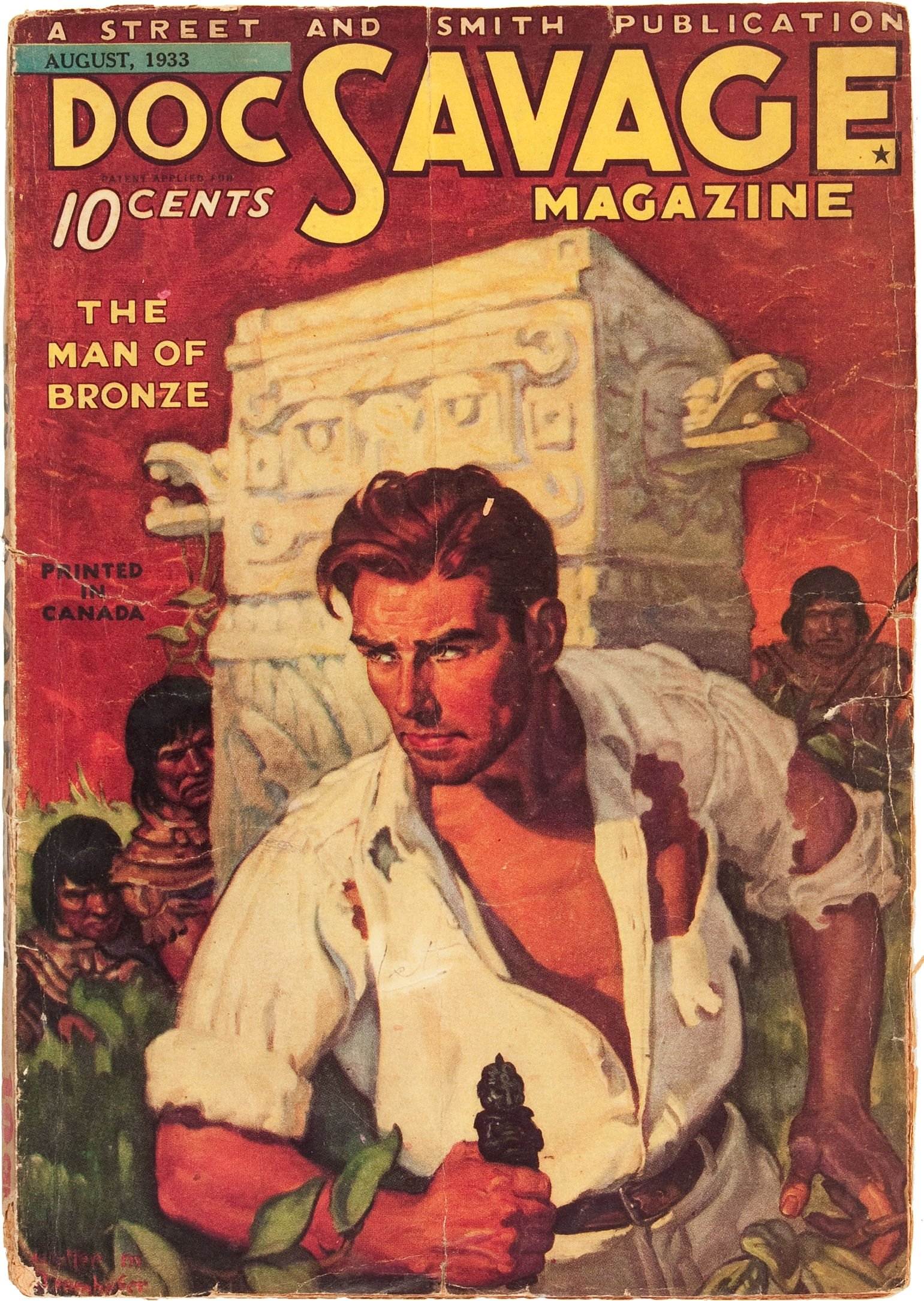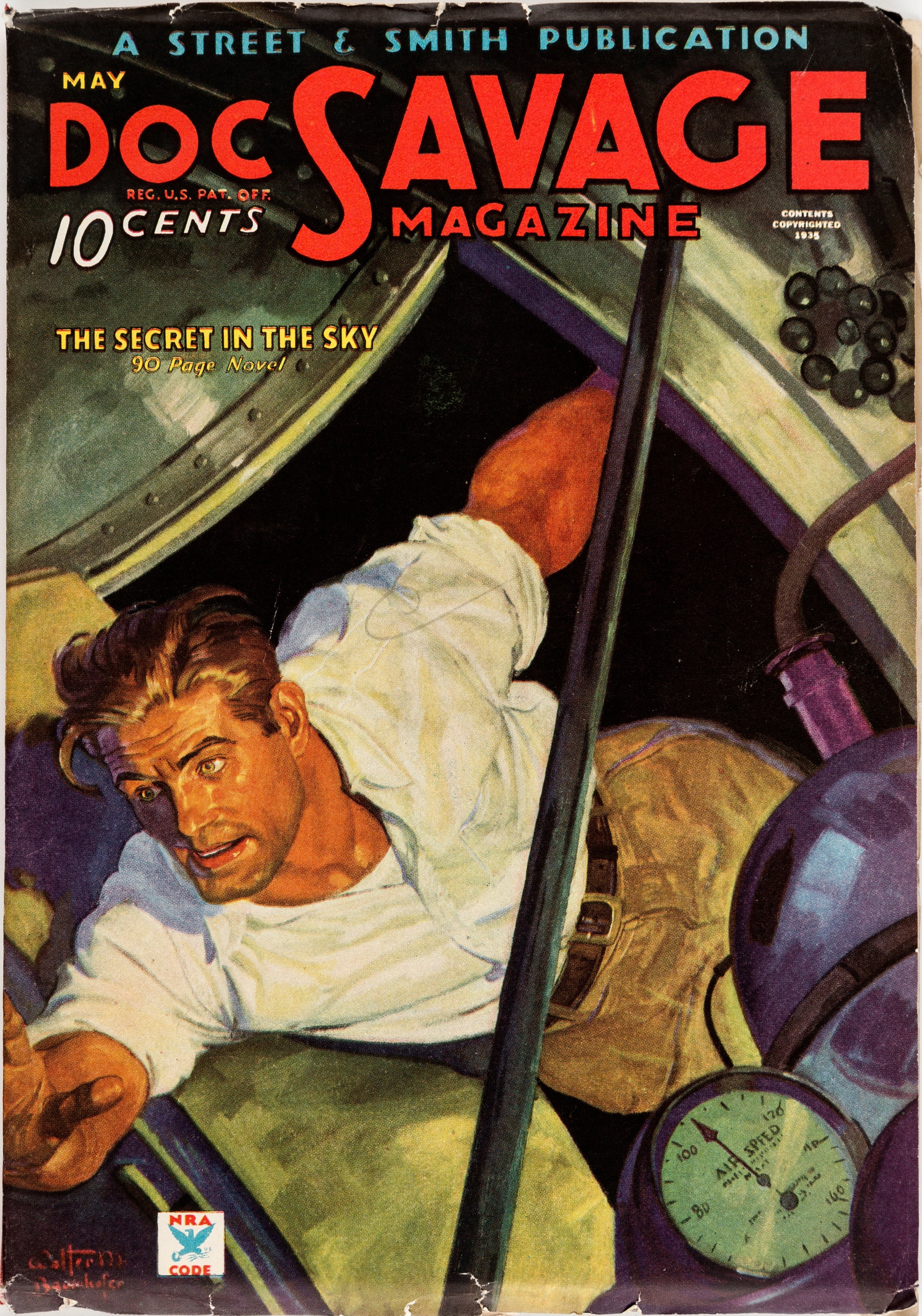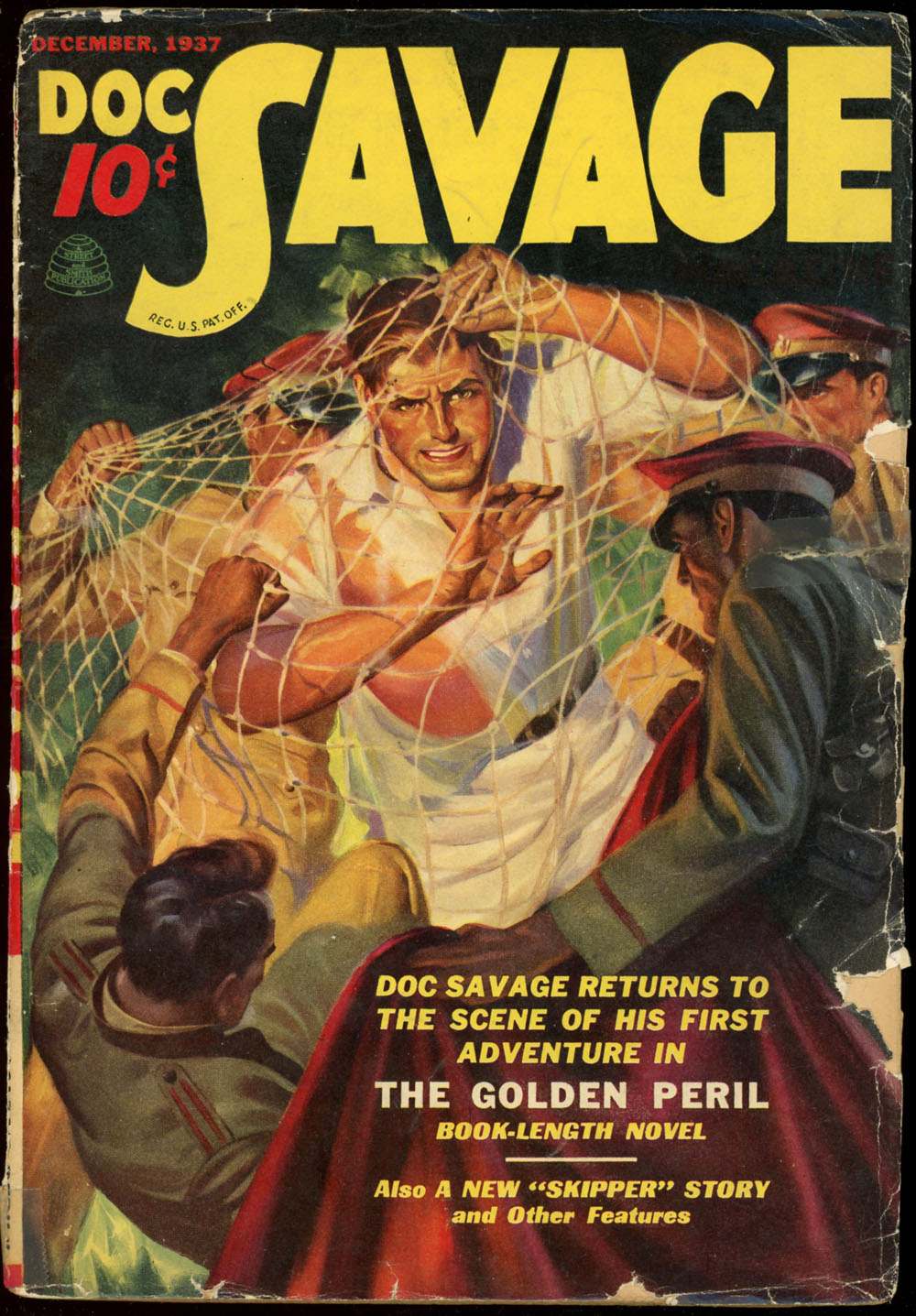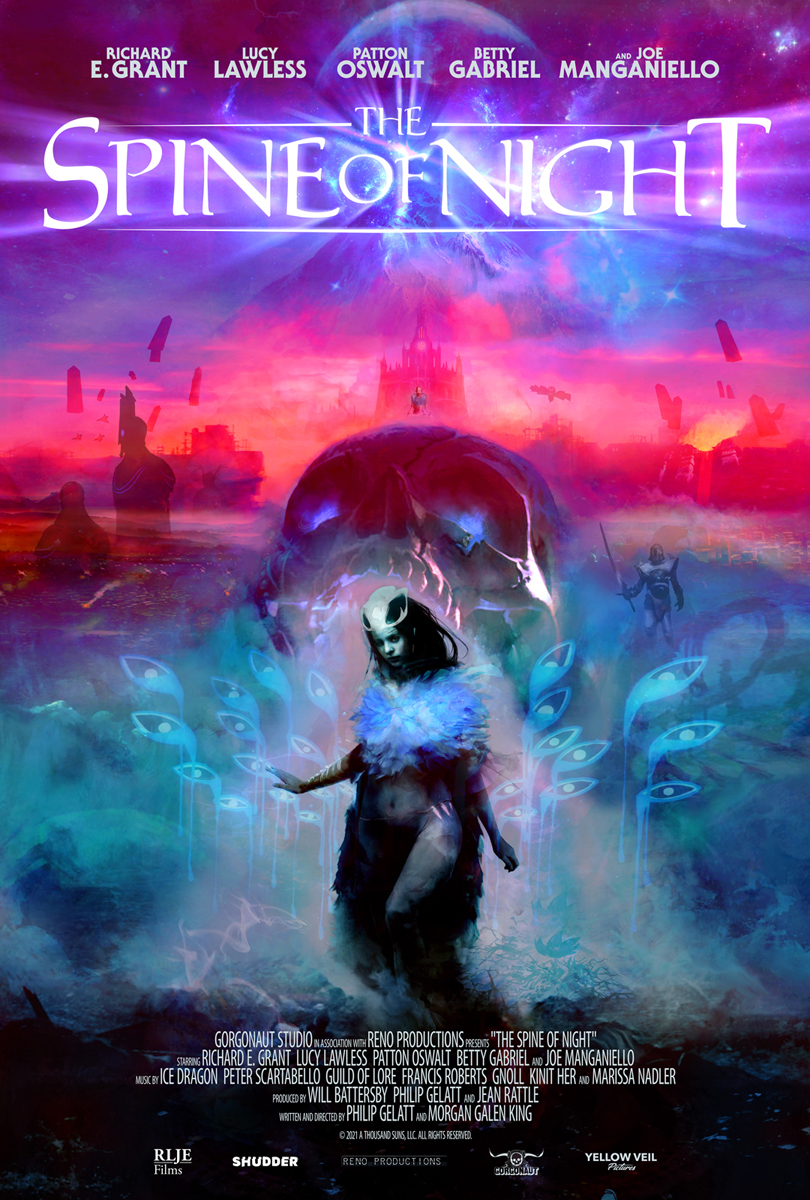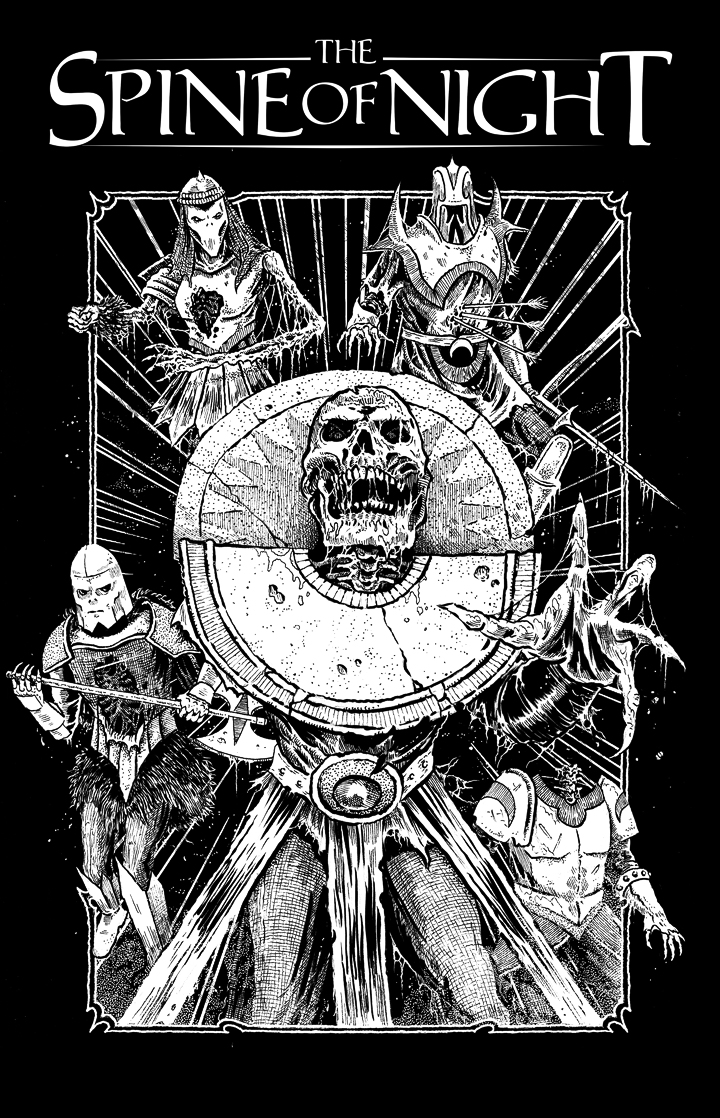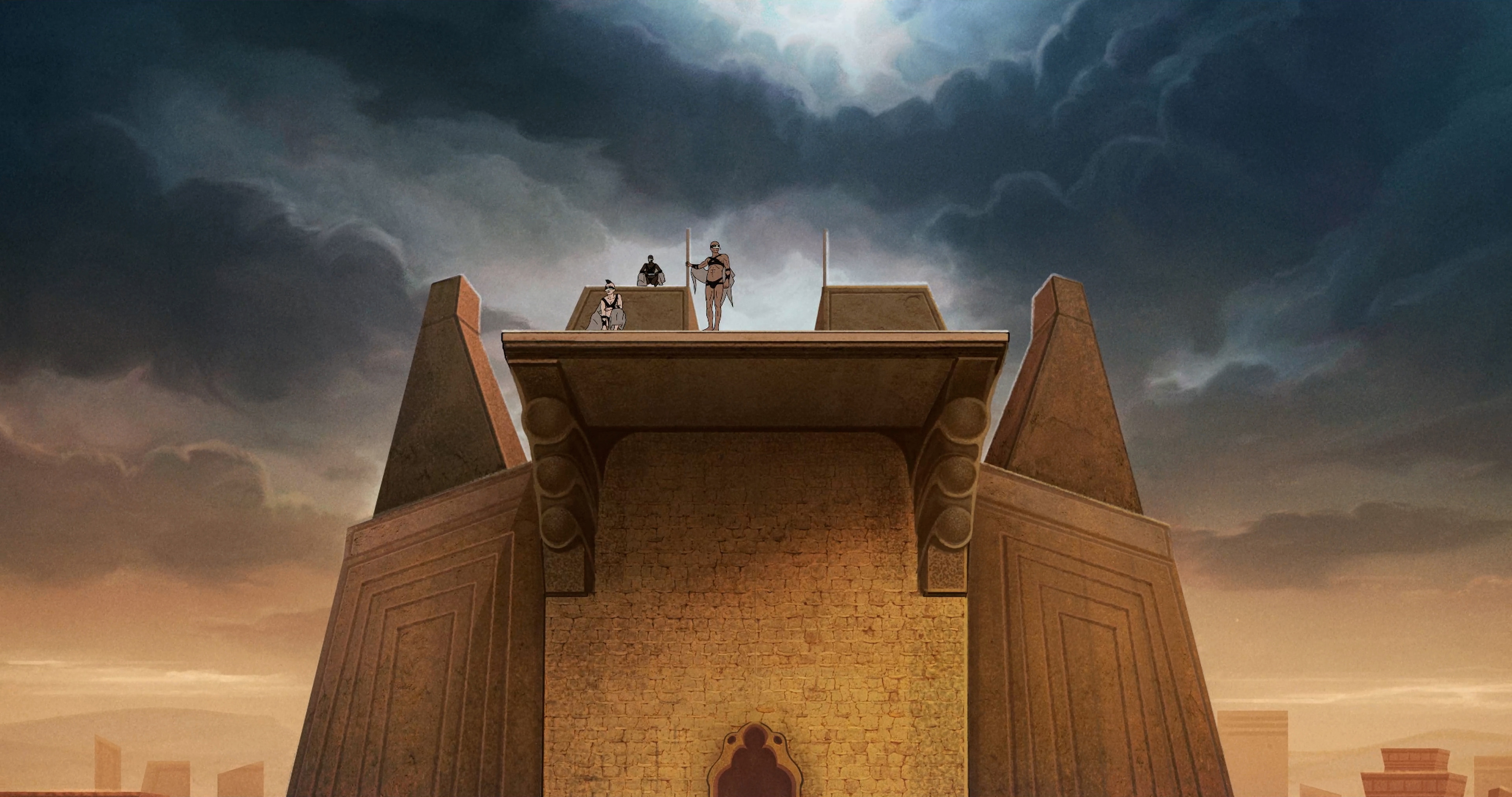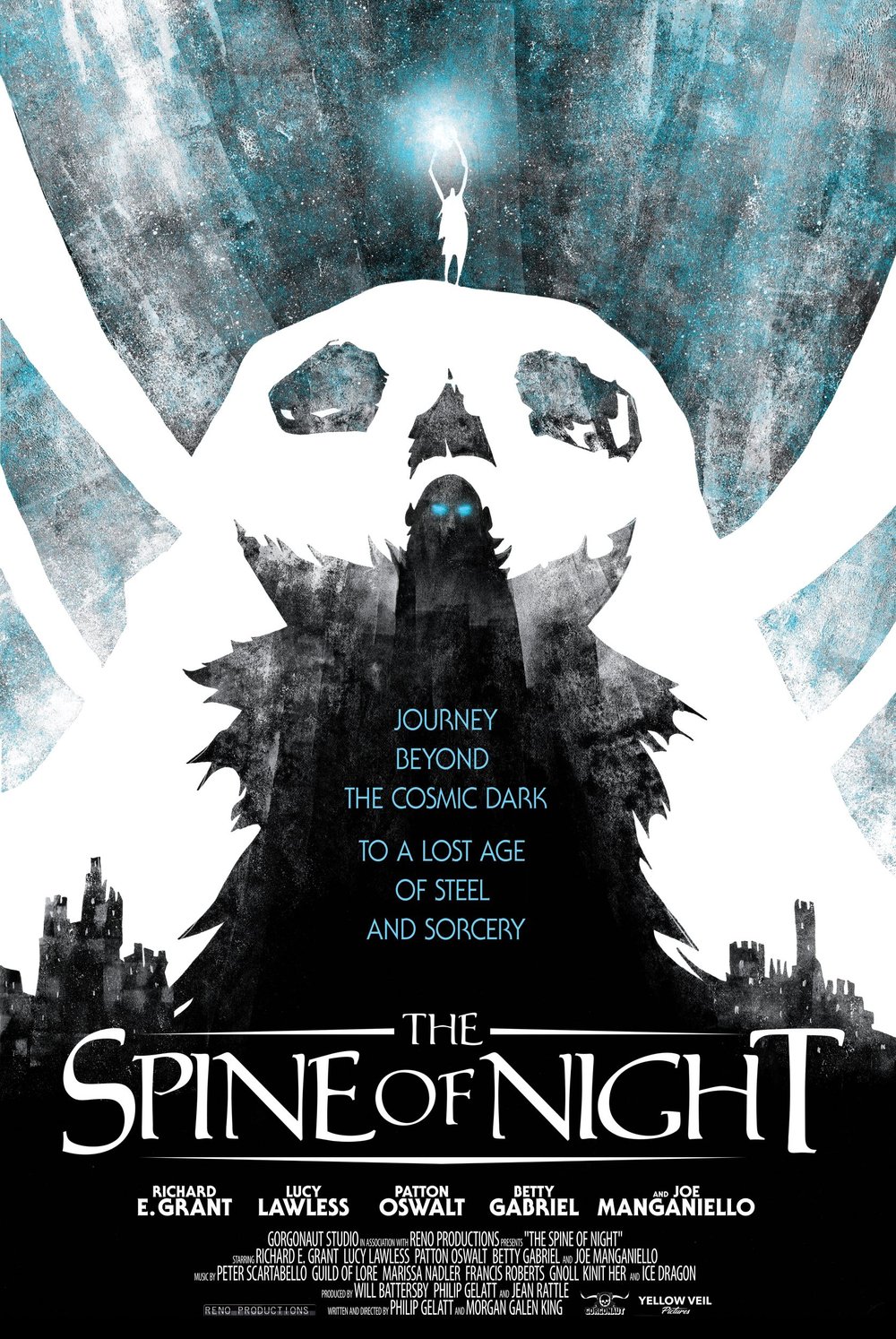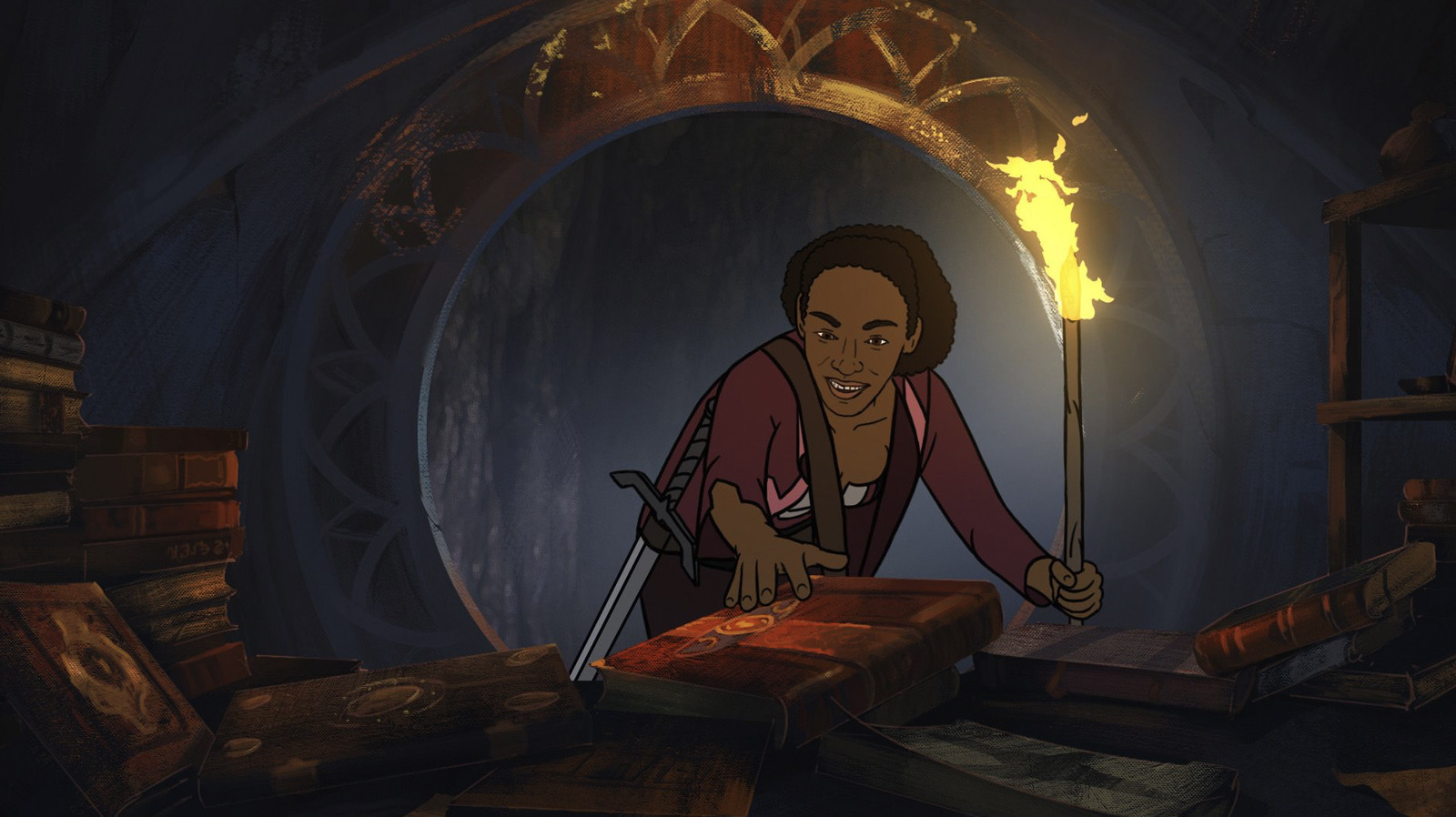spacetime coordinates: 1936
Just when pandemic rules started slackening up I ended up at a PULP-movie night in Berlin – organized by the Wir Kinder vom Bahnhof Kino at the Filmrausch Palast Moabit, an independent cinema hidden in the Moabit hood. Simply put it felt like a combination of free comics day that takes place on the 1st Sunday in May, heavy drinking (cheap shots were offered during the whole event + cocktails with bizarre movie-themed names & even stranger taste). All in all, it is a good recipe to basically mindlessly indulge in B-movie trash cultural gems and celebrate smut and bad taste in all its glory in order to tear down high cultural standards that still seem to reign supreme even now in Germany’s foremost cultural establishments. ‘Transgression’ in all its forms (including the belatedly artistic) has lost it’s byte – in post-Trump, alt-right or MRM activism era where obscenity and freedom of speech are equated with class privilege and anti-system values. In no way would I call watching Doc Savage today transgressive. For one it all appears incredibly naive and one has to make sure one does not fret over his 1930s manners. Pulp has been in my veins since childhood, but pulp, be it in its heroic form or Lovecraftian cosmic horror is full of trappings, full on racist stereotyping, even if it holds an important place in our post-ironic magick wraponized meme times.

Trivialliteratur (as it is known in Germany with a pejorative sense – all-too-easy, facile, nondemanding lit) or “pulp” has been forever associated with ‘guilty pleasures’ and used as a way to shame various emerging modern publics (especially early women readers – as with the ‘female Gothic’ lit). This sense of inferiority complex is still present in enclaves such as the Romanian sci-fi community. A lot of aesthetic theory was predicated on precisely how early pop 18th c or 19th c Schauerliteratur evoked the ‘big’ categories terror, horror, the sublime or the beautiful(as opposed to the minor ones explores by Ngai in the Cute, the Zany or the Interesting) in its readership. Protecting audiences from moral decay meant controlling the influx of unwanted emotions triggered by low cultural influences and artefacts (and this was way before comics hit the stands).
Sci-Fi was strongly influenced by pulp and weird literature was basically abstract non-representational horror dressed as pulp. Nowadays it all smacks of nostalgia but it part of comic book history and remains eminently debatable because one can see other how other more upgraded heroes have not completely discarded their pulpy origins. In fact, during the Berlin screening of the 3 movies, people got in and out and most of them had comics under their arms. Movies featured that night were: Doc Savage: The Man of Bronze, Flesh Gordon and Vampirella. Raunchy mondo Softcore, vampirism, imaginative vulgarity and extoticism all meet in these movies. Pulp does not have the consumption strictures of actually educating the masses or ‘refining’ its readers. Printed on bad paper, heavy with typos and full with ungainly neologisms it was affordable, catchy, shameless – available to a very diverse audience which I think might be drawn to it by countervailing reasons. The public in the Moabit cinema was very diverse indeed, one of the most diverse I have seen on these occasions which still shows the stranght of pulp. So even today’s retro pulp audience cannot be made to fit easily into a single demographic.
Pulp offer cheap spectacle – and in a sense, its the secret source of all capitalist superheros on screen. Doc Savage – is almost forgotten nowadays and yet he is binding together Marvel, DC and Dark Horse. Under his absurd preposterous polymath character there lies to signs of things to come. ‘Retromania’ starts being a thing – and also shows up in both 70s pulp revival & later Lucas/Spielberg/Zemeckis groundbreaking triumvirate. This late – 1975 adaptation of The Man of Bronze strikes one as an a flop, exaggerated (so bad it is good) movie yet it reminds me of the more neo-modernist garish Dick Tracy 1990 comics adaptation in being so stylistically close and true to its aestethic iconic origins. It stands out for his unintended and unabashed camp aesthetic – that makes a bad poster of every pose of the hero. His very title name includes SAVAGE in big letters and doc small on one side. “Savage”-ness or reclaiming what was seen as the waning of masculinity of the modern men becomes a quest for many pulp celebrated authors such as R. E. Howard and E R Burroughs. All in all this is a very conventional, moralistic, wholesome and self righteous hero cult that does not stray far from the racist & imperial credo of a ‘white man’s burden’. The colonial exotic adventure is seen furthering of the civilisatory goals and as an antidote to the ills of civilisation. The narrative runs this way: if modernity is somehow perceived as a ‘feminizing’ or emasculating force civilisation over-domesticated and over-civilized Western men while women are becoming more independent & assertive. So countless heroes were dreamed up as the ‘new savages’, as the new Lord Greystoke Tarzan’s that somehow faced untamed territories on Earth and elsewhere – and that needed tonshow that they could still tame ‘nature’, as well as revert at will to their ‘savage’ predecessors if need be. These modern neo-savages (with Anglo-Saxon or Vareg or Cimmerian blood – another obsession of pulp is a sort of genetic genealogic legitimizing of their deeds) or full-fledged Barbarians have marched into pulp and heroic fantasy materials at the point where most of the so-called ‘white spots’ (that were definitely not white) on the planet disappeared and the so-called non-European ‘savages’ were being massacred, disenfranchised, and forcefully assimilated and driven to the margins or given humiliating roles on the big screen with an apology that has come often too little and too late. ‘Barbarian’ either bad or food was used at will (bad if foreign good if one of ours). At the same time several anti-white and anti-Western revolts as well the rise of Japan (after the Russo-Japanese War) produced new fears and ramped up the need to preserve Western civilisation from the ‘hordes’ inside a multipolar world.
Nevertheless Doc Savage is not another Tarzan surviving on the outskirts of civilisation, he is a polymath, well dressed and is able to combine elements of all the previous Trivial Literatur heroes (including the deductive powers of Sherlock Holmes).
What he allows us to catch is the metamorphosis of how pop (male) models buckled over time and how they evolved (or not) over time. US superheroes do not spring out of the heads of their creators like Athena. Their Western British predecessors are a historically traceable subgroup. Hero-worship, since Caryle, has molded pulp superheroes, national cults and pop icons alike. Unbeknownst to most, Doc Savage was a template for both Marvel, DC and Indiana Jones adventure heroes. He may be regarded as a bridging figure in a pantheon of fictional British imperial hero-worshiping that stretches from H Rider Haggard Allan Quatermain (the quintessential white big game hunter outdoor Imperialist) passing through Doc Savage to ending up as Captain America, Bruce Wayne or Indy. Martial and military masculinities have taken many forms from the conventional muscular Christianity of colonial times to the new mass market for (little and big) boy’s fiction of “pluck and grit” of the 1880s, and Doc Savage unites both the 19th c Africa explorer, the astronomer, the surgeon and the martial arts karateka (in the vein of jingoist American Ninja). Of course there’s nuances and Haggard’s Quatermain for example – mutates from the main throng of militaristic conquering heroes and managed to to offer something new. Each one is not a reiteration and actually offers interesting ideological deviations.
Superficially, Savage looks pretty similar to the representations of the realist-socialist new man that has continued well into the 1970s and 1980s or beyond (in North Korea for example). Even the Socialist new bodies of Hans Mathis Teutsch avant-garde Hungarian Romanian artist from Brașov show such transformations of the monumental figurative. Nakedness is an interesting aspect – I would point to the fact that Doc Savage is always represented with naked chest or in almost fake tatters – sign that he’s been through some trials, that he had to leave behind his outer genteel exterior, yet his clothing still hangs on like on Hulk. He’s nothing outside of battles hard won but he’s left with his sartorial dignity untouched. He combines both armchair or lab work with perilous action and bro culture. Nature is also some form of villain although Doc Savage can turn nature (a golden volcano) against the real supervillains (which seemed very stereotypical, even Russophobic or even slightly anti-semitic in the 1975 movie).
Doc Savage is also epitomizing the unblinking US all-American hero. In a way, he is taking over from older Imperial Powers (the British, Portuguese, and Spanish Empires) but is hell-bent on his own empire building (see Spanish-American War). He is exactly as the US self-portrays, as a doo-good global aid provider and weapons supplier – guardian of Pax Americana provider and representative of the ‘good’ forces of muscular democracy and Wilsonian doctrine self-determination. At the same time, he has some very peculiar habits – and he keeps this private Fortress of Solitude far from the rest of humanity (a mix btw an gentlemen study, yoga retreat, bachelor pad and luxury igloo), a clear predecessor of Superman’s and Batman’s Fortress of Solitude. It would be good to make a few observations on the typical rugged masculinity represented by Doc Savage – as he is usually represented in cover art that is hyper-realistic muscular male that is usually associated with the exploitative genre of so-called ‘men’s magazines’. It was this lowly gross pulp format that inaugurated the superhero teams from his Fabulous Five – that went on to become so popular in the future (the Avengers, X Men, Fantastic Four etc.) In the near future the Rock is due to portray the “world’s first superhero” in a future TV series. Not to forget as the debate over disability/cyperpunk has unearthed – there have been other proto superheroes (more like cyborgian superheroes) before Doc Savage (thx ambient fuckboi for that one!) – such as the French pulp hero Nyctalope (with organic and mechanical parts) by Feuilleton author Jean de la Hire. And one can add to those a lot of Buddhist or Taoist proto machine ancient robot heroes – that enlarge the limited scope of Western-centric histories of cyborg lineages.

